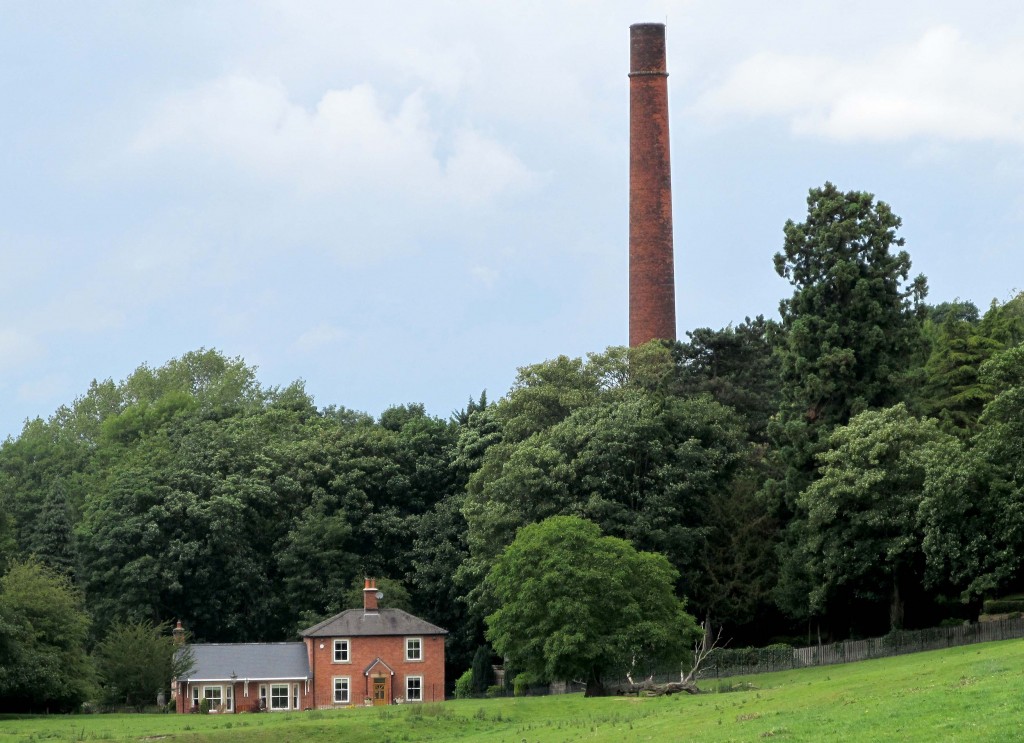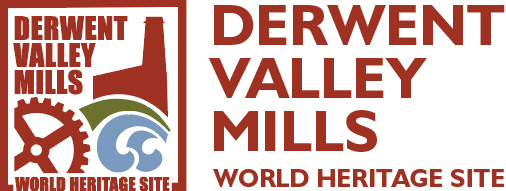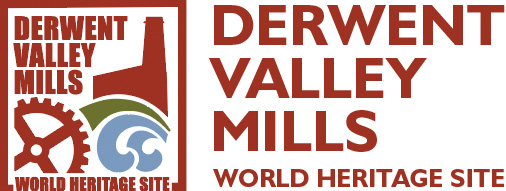Key Sites – Peckwash Mill

Key Sites – Peckwash Mill
The relationship between papermaking and the textile industry is an area of study which needs closer investigation. Within the Derwent Valley there were paper mills associated with two of the major cotton spinning sites, Masson and Darley Abbey and at least three others within, or adjacent to, the nominated site. On the one hand cotton waste was a raw material for the paper mills; on the other, the thread manufacturers and hosiery warehouses used large quantities of paper for packaging their products, for wrapping parcels to be dispatched to customers, and for administrative purposes. The Strutts from 1835 and the Evans both had their own printing departments.
On this site, Thomas Tempest, 1768-1832, a corn miller developed an extensive paper mill. The building which survives is now a dwelling. It is built of coursed stone and was erected c.1800. It is similar in design to an Arkwright generation cotton spinning mill, long and relatively narrow. Peckwash Mill was powered by water from the river Derwent and this was channelled into a series of goyts to drive several water wheels located within the mill structure itself, and on the east side. Subsequently, two turbines housed in a separate building replaced the water wheels. This building, now a garage, has an eastern bay of brick-arched and iron fire-proof construction.
Steam power was introduced to the site c.1890 and the large brick chimney which still dominates the area was built at this time. This proved to be the undoing of the paper manufactory. In 1906 a neighbour successfully sued the company on grounds of smoke and pollution and in 1908 the enterprise was forced to close. Other businesses used the site until the 1960s after which Peckwash Mill became derelict. In 1990 it was converted into a single residence. The building retains its original form and the rest of the site has been landscaped as a garden. The mill goyts and wheelpits have been exposed and as a result much of the archaeology of the site can now be interpreted. The mill building is not accessible to the public.
To the east of the mill, on the hill, is a terrace of fourteen cottages built for the paper mill c.1850; some are two storeys and some three storeys.

